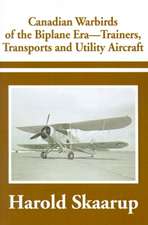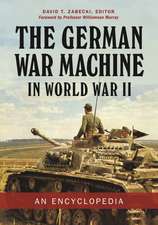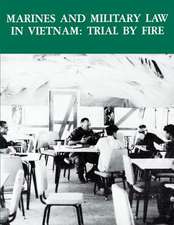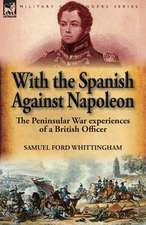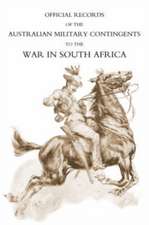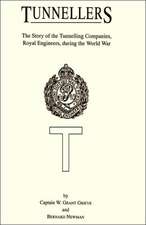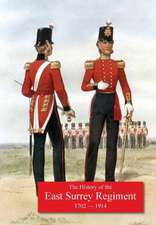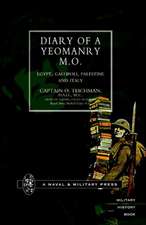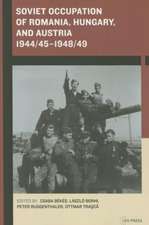Steel Wind: Colonel Georg Bruchmuller and the Birth of Modern Artillery
Autor David T. Zabeckien Limba Engleză Paperback – 7 dec 1994 – vârsta până la 17 ani
| Toate formatele și edițiile | Preț | Express |
|---|---|---|
| Paperback (1) | 237.16 lei 6-8 săpt. | |
| Bloomsbury Publishing – 7 dec 1994 | 237.16 lei 6-8 săpt. | |
| Hardback (1) | 560.10 lei 6-8 săpt. | |
| Bloomsbury Publishing – 7 dec 1994 | 560.10 lei 6-8 săpt. |
Preț: 237.16 lei
Preț vechi: 338.43 lei
-30% Nou
Puncte Express: 356
Preț estimativ în valută:
45.39€ • 47.21$ • 37.47£
45.39€ • 47.21$ • 37.47£
Carte tipărită la comandă
Livrare economică 15-29 aprilie
Preluare comenzi: 021 569.72.76
Specificații
ISBN-13: 9780275947507
ISBN-10: 0275947505
Pagini: 224
Dimensiuni: 156 x 235 x 13 mm
Greutate: 0.33 kg
Editura: Bloomsbury Publishing
Colecția Praeger
Locul publicării:New York, United States
ISBN-10: 0275947505
Pagini: 224
Dimensiuni: 156 x 235 x 13 mm
Greutate: 0.33 kg
Editura: Bloomsbury Publishing
Colecția Praeger
Locul publicării:New York, United States
Notă biografică
DAVID T. ZABECKI, an Engineer by profession, is a Lieutenant Colonel in the U.S. Army Reserve. He is a field artillery officer with an additional skill designator as a historian. He is currently a contributing editor to Military History magazine. In 1987 he received the General John J. Pershing Award as the Distinguished Honor Graduate of the U.S. Army Command and General Staff College. Presently, he is enrolled in the U.S. Army War College. In 1968 he served as an infantry rifleman during the Vietnam War's Tet Offensive.
Cuprins
IllustrationsAcknowledgmentsForeword by J.B.A. BaileyIntroductionArtillery Combat in the First World WarThe Tactical and Technological EnvironmentThe Phases of Artillery Use in World War IRiga: Movement Returns to the BattlefieldThe Man Who Synchronized Fire and ManeuverBruchmüller's TacticsNeutralizationOrganization for CombatPreparation of the BattlefieldCombined Arms CoordinationOperational Security and SurpriseFire Support PlanningFire Support for Ludendorff's 1918 OffensivesThe St. Quentin OffensiveThe Lys OffensiveThe Chemin des Dames OffensiveThe Noyon OffensiveThe Champagne-Marne OffensiveThe AftermathBruchmüller's LegacyBruchmüller's Lessons of the (First) World WarInfluence on the German ArmyInfluence on the British, French, and U.S. ArmiesInfluence on the Russian and Soviet ArmiesEchoes of BruchmüllerEpilogueAppendix A: The Military Career of Georg BruchmüllerAppendix B: Bruchmüller's Military Decorations and OrdersAppendix C: Bruchmüller's World War I StaffAppendix D: The Imperial German Artillery in the First World WarAppendix E: Glossary of World War I Era Artillery and Military TermsBibliographyIndex




